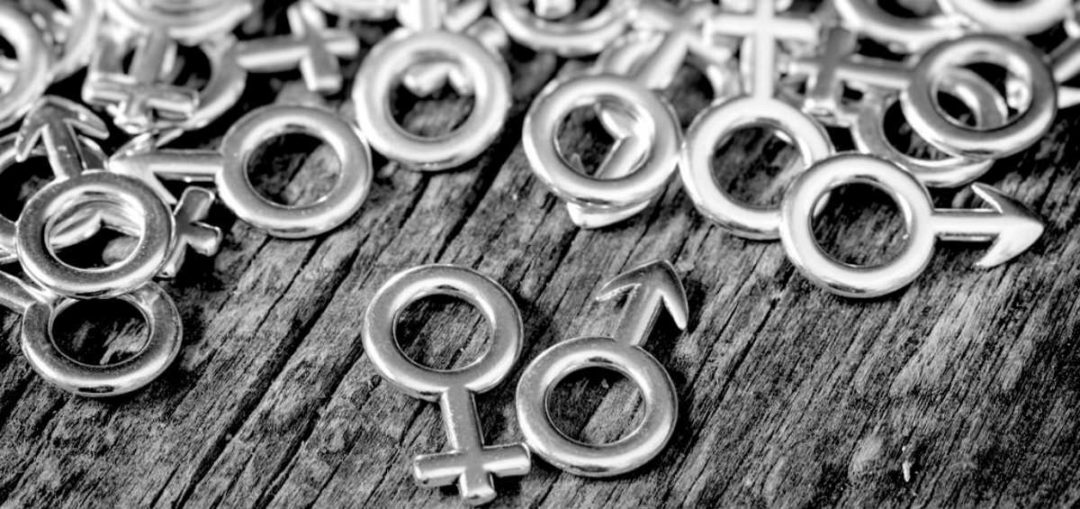This article has been reproduced here by kind permission from its author Dr Dave Curtis of University College London
Do I know what I’m talking about?
I was a psychiatrist in the National Health Service for thirty years. That means I qualified as a medical doctor and then had post-graduate training, which naturally included some material on human development and sex and gender. I also have two doctoral degrees in human genetics, an MD and a PhD, and have been an author on hundreds of peer-reviewed papers, mostly on human genetics. Because of my research in genetics I am an Honorary Professor at two different London universities. My bio is here:
http://www.davecurtis.net/dcurtis.html
and the publications can be viewed here:
https://scholar.google.co.uk/citations?hl=en&user=Vrr4Ig0AAAAJ&view_op=list_works&sortby=pubdate
Do I do research in sexual development in humans? No. Do I understand it? Yes. I’ve read the stuff that I need to and believe me, it’s much less complicated than the genetics of schizophrenia, dementia, personality disorder and the other complex traits which I work with.
Aside from my knowledge of human biology, my training and experience as a psychiatrist have given me a good understanding of the variety of human experience. I mostly worked with people who had psychotic illnesses or had severe personality disorders so I’m pretty familiar with the idea that people can believe some very bizarre things. I did work with some trans people and, when appropriate, facilitated them getting treatment. Also as a psychiatrist and as an NHS manager I gained experience of UK law, not only regarding mental health law but also equality and employment legislation.
With that in mind, here are a few things I want to say.
Sex is not a spectrum and is not assigned at birth
Scientists refer to: genetic or chromosomal sex, dependent on whether one has a copy of the SRY gene which is usually on the Y chromosome; gonadal or genital sex, dependent on whether one has testes or ovaries; anatomical or phenotypic sex, dependent on having typically male or female sex organs and secondary sexual characteristics. With normal development, if a copy of the SRY gene is present then it causes the testes to develop and the testes produce androgens which cause the male anatomy to develop, whereas without an SRY gene ovaries and female anatomy develop.
In the vast majority of cases all three categories of sex (chromosomal, gonadal and anatomical) coincide so that nearly everybody has a biological sex which is clearly either male or female. Exceptions to this, referred to as disorders of sexual development, occur in fewer than 1 in 5,000 people. Even for these people almost all of them have a clear chromosomal, genital and anatomical sex, although these may not be congruent with each other. A very small number of people have intermediate or indeterminate genital anatomy.
For all useful intents and purposes sex can be regarded as binary. Scientists understand that the term “spectrum” refers to something which changes quantitatively and smoothly in one dimension so that any value on the range is equally possible. With sex, there are only two categories, male and female, and even if we want to take account of disorders of sexual development we cannot say that this produces anything like a spectrum. It would be a bit like saying that because some people can have nine fingers and others eleven, the number of fingers is a spectrum. Except that at least with number of fingers we are talking about a quantitative measure whereas with sex we are talking about two different categories.
Again, for almost everybody sex is observed, not assigned. Of course it may well be observed before birth in an ultrasound scan. For almost nobody is it “assigned”. We assign names to our children, but not sex. Only in extremely rare cases is there any doubt about the sex of a baby and only in these cases might there be some need for sex to be “assigned”.
Because the issues about sex tend to come up when trans people are being discussed, the next thing to say is that these exceptions to normal sexual development have nothing at all to do with being trans. It’s something of a mystery why they get brought up, it seems often to be to muddy the water. In fact, I don’t think I’ve ever even heard of anybody who was trans who did not have completely normal sexual development and was not obviously chromosomally, genitally and anatomically either male or female. Of course, theoretically it could happen but I’m just saying that the two issues have nothing to do with each other.
Trans people have a gender identity which is discordant with their biological sex. Hormone treatments and/or surgery can modify physical characteristics to some extent in order to produce an approximation to an alternative anatomical sex, but of course have no effect on the underlying chromosomal sex. Such interventions do not result in a change of biological sex, which is immutable. Whether anybody wants to say that they have “changed sex” depends entirely on definition and if one defined sex according to approximate anatomy then one might say this. My view is that biologists in general would not declare that the results of medical and/or surgical treatment could result in a change of sex.
The UK Equality Act does not protect gender, it protects sex
There seems to be a mistaken view about the rights which trans people have under UK law. One piece of legislation which frequently gets cited is the Equality Act 2010, which can be viewed here:
http://www.legislation.gov.uk/ukpga/2010/15/contents
It is not uncommon to find people claiming that gender is a protected characteristic under the Equality Act. This is simply untrue, as can be readily seen from the above link. Sex is a protected characteristic and so is gender reassignment. This makes it unlawful to discriminate on these characteristics for employment and some other purposes. Gender is not protected.
Another common misconception seems to be that the Equality Act demands that trans people must be treated as if their sex is the same is their adopted gender. This is not the case. The fact that gender reassignment is a protected characteristic means that one cannot discriminate against somebody because they are undergoing or have undergone gender reassignment. This means that one cannot discriminate against somebody who needs to take time off work for hormone treatment or surgery and one cannot discriminate against somebody because one has a generally negative view of people who are trans gender. It does not mean that one has to treat them as if their sex had changed.
The Equality Act makes it unlawful to discriminate according to sex in the provision of services so that if one is offering a service to males one should take steps to see that an equivalent service is available for females. An obvious example would be the provision of female-only changing areas, since many females feel reluctant to use changing areas where males are present. This means that without female-only provision the effect is that the service becomes more available to males than females. We cannot be sure until there has been a test case but a strong legal argument could be made that failure to provide female-only facilities constitutes indirect sex discrimination under the Equality Act.
More Information
In Humans, Sex is Binary and Immutable – Georgi K. Marinov, May 2020
The Reality of Sex – Emma Hilton, Pam Thompson, Colin Wright & David Curtis

